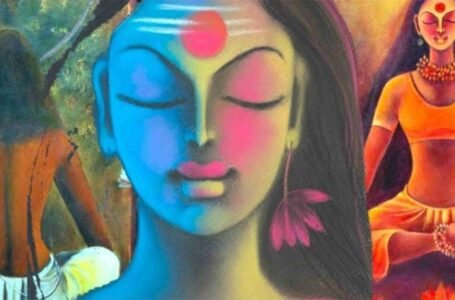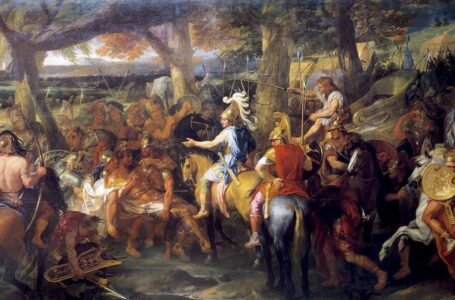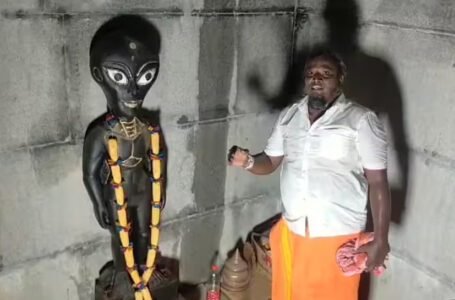KUMARI: THE LIVING GODDESS OF NEPAL
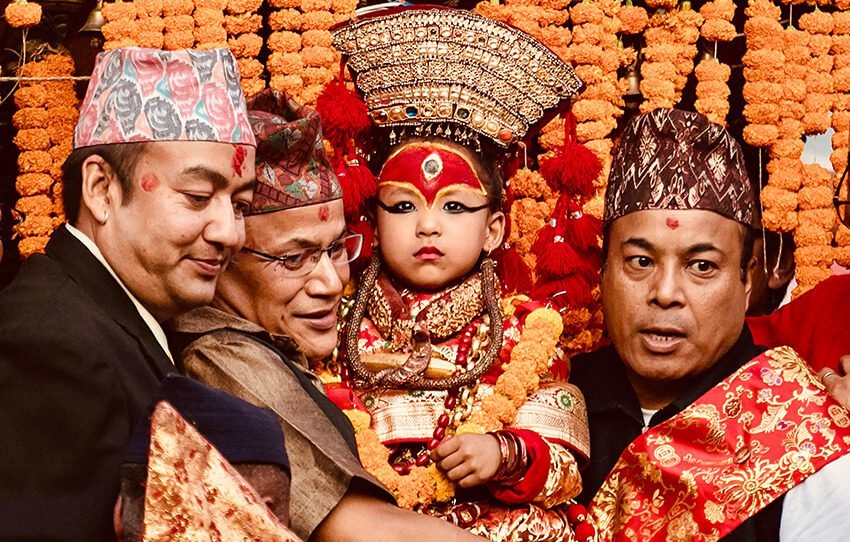
An interesting tradition from Nepal, with a history believed to be over 300 years old- the kumari – is the worship of a living goddess, an avatar seen in a prepubescent girl who is chosen by the communities of Nepal.
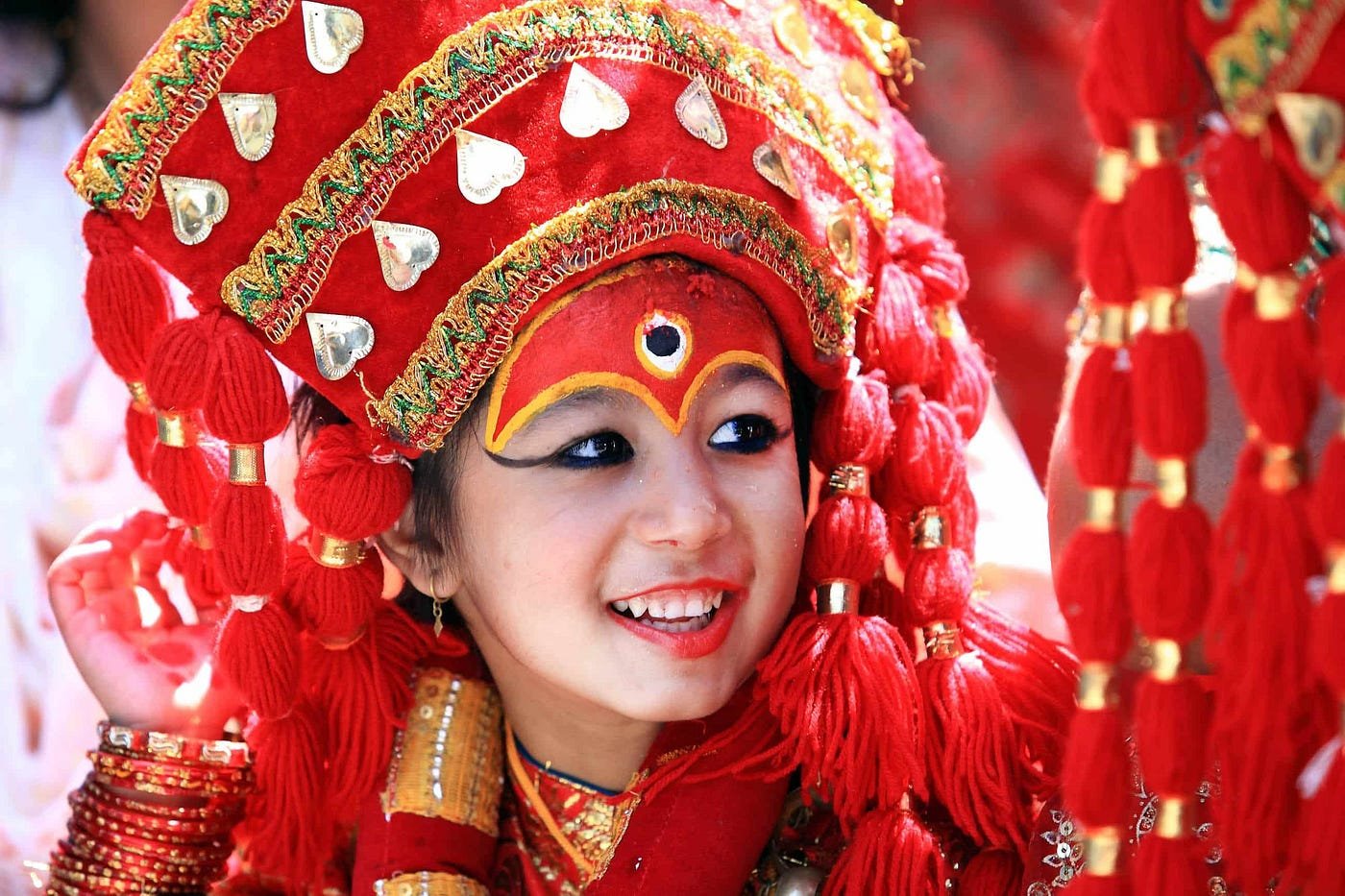
The tradition began with the story of King Jayaprakash Malla and Goddess Taleju. When the the avatar of Durga — taleju— used to be engaged to the king Jayaprakash, she used to visit the king at night in confidence to engage in their favourite clandestine dice games. However one such night, it is said that their confidence was compromised by a palace worker that in turn saddened the goddess and she left the palace never to come back.
The king was devastated and begged the goddess for forgiveness which after a while Taleju responded to by incepting in the king’s dream and telling him that she would no longer show him her physical form, but would be presented inside a young girl who hasn’t yet bled. She said that the young girl should be from a newer community and privileged group. Thus came the kumari tradition that is being practiced till this very date.
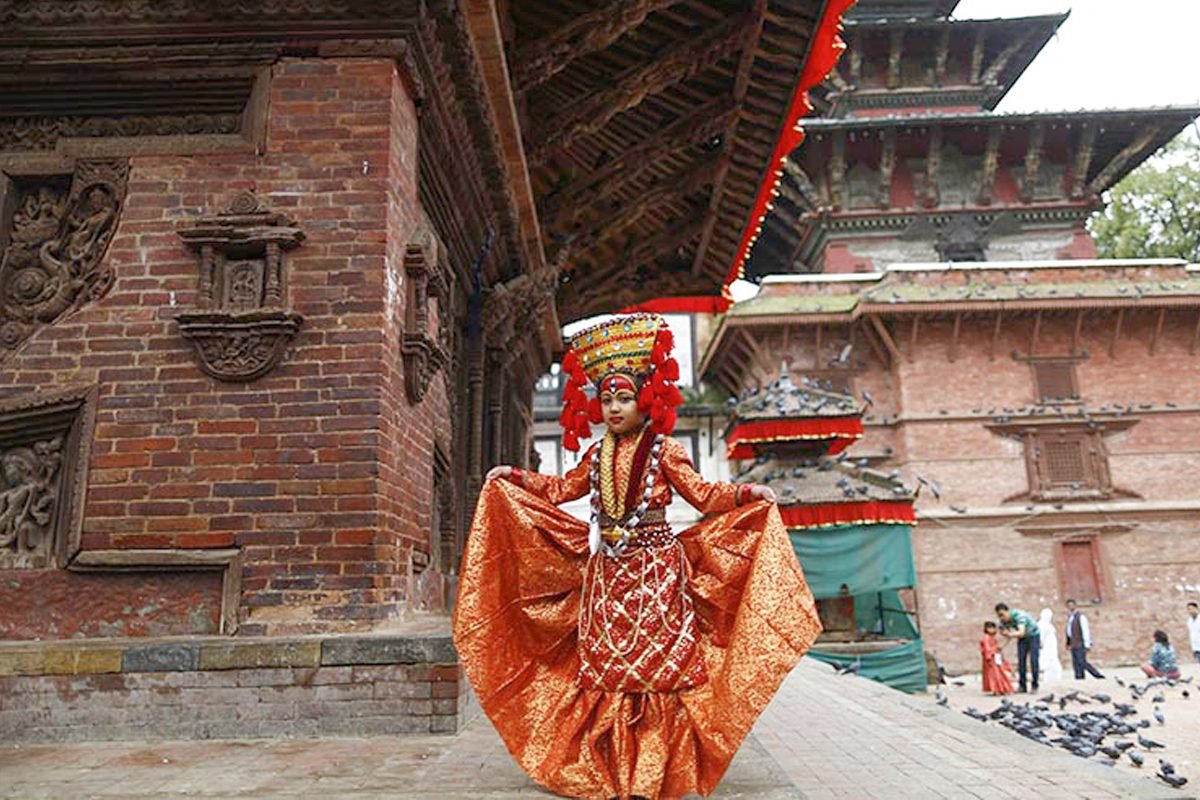
The role of the Kumari
Once selected, the Kumari is seen and worshiped as the goddess herself, until she reaches puberty. The Role of the Kumari After her selection, it is believed that the Kumari becomes the goddess until she reaches puberty, at which point the goddess Taleju is thought to leave her body, and a new Kumari is chosen. During her time as a goddess, the Kumari is honored by both Hindus and Buddhists, who seek her blessings for safety, prosperity, and success. She plays a vital role during religious festivals like Indra Jatra and Dashain, where she is believed to impart divine energy to the people.
This narrative, blending fact and legend, forms the foundation of the Kumari tradition and highlights the deep reverence the Nepalese have for the sacred feminine.
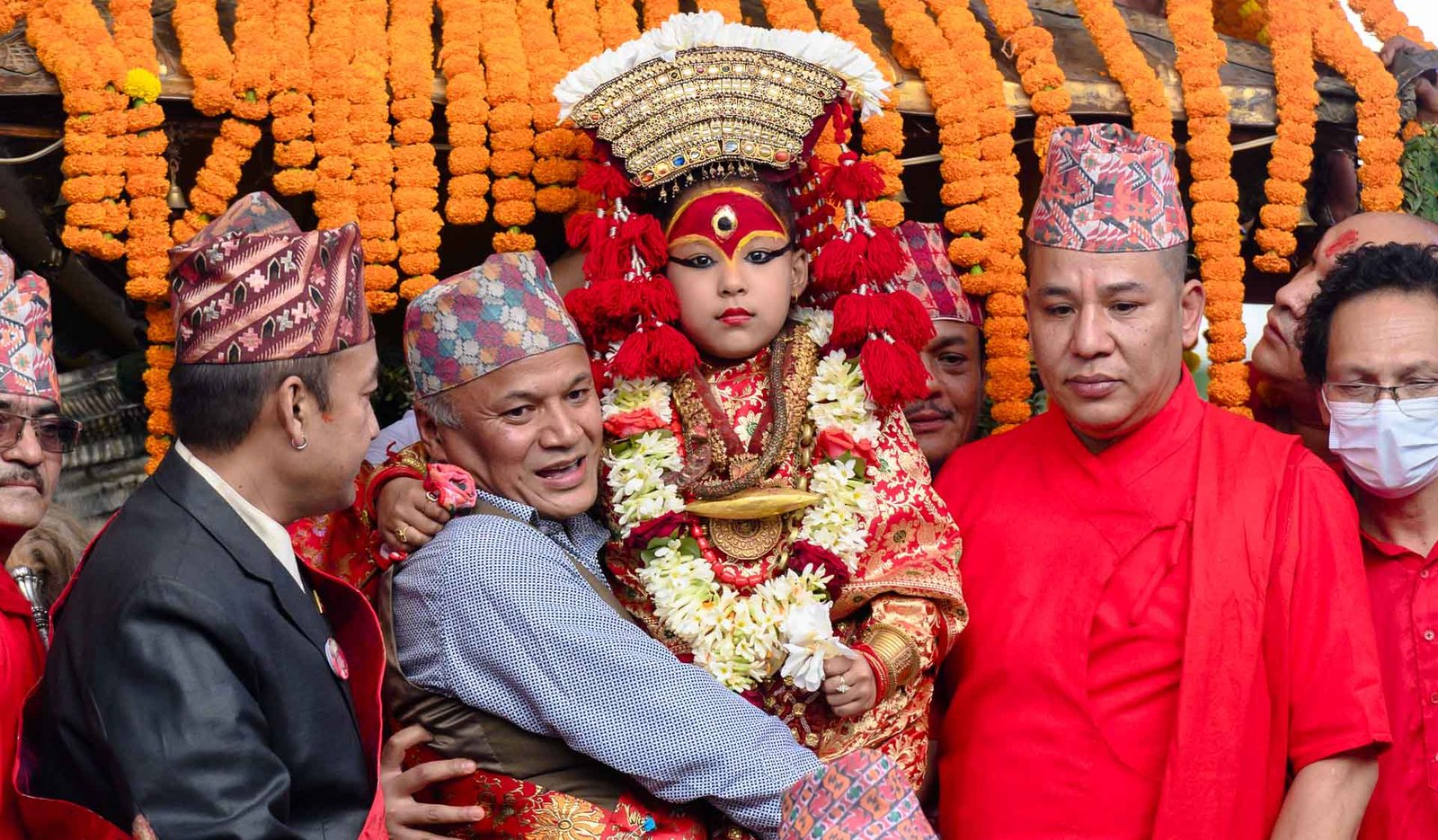
At the core of Nepal’s rich and diverse cultural heritage lies a captivating tradition — the worship of the Kumari, the Living Goddess. This extraordinary practice, which has been around for centuries, involves selecting a prepubescent girl to embody the powerful goddess Taleju and venerating her as a divine being. The Kumari is honored as an incarnation of the goddess Durga in Hinduism and is also respected by the Buddhist community in Nepal. What makes this tradition particularly intriguing is the belief that a living child, celebrated for her purity and perfection, is revered.
But how did this extraordinary tradition begin? What are the qualities that make a girl fit to be a Kumari? And what does life look like for a girl who is both a deity and a child?
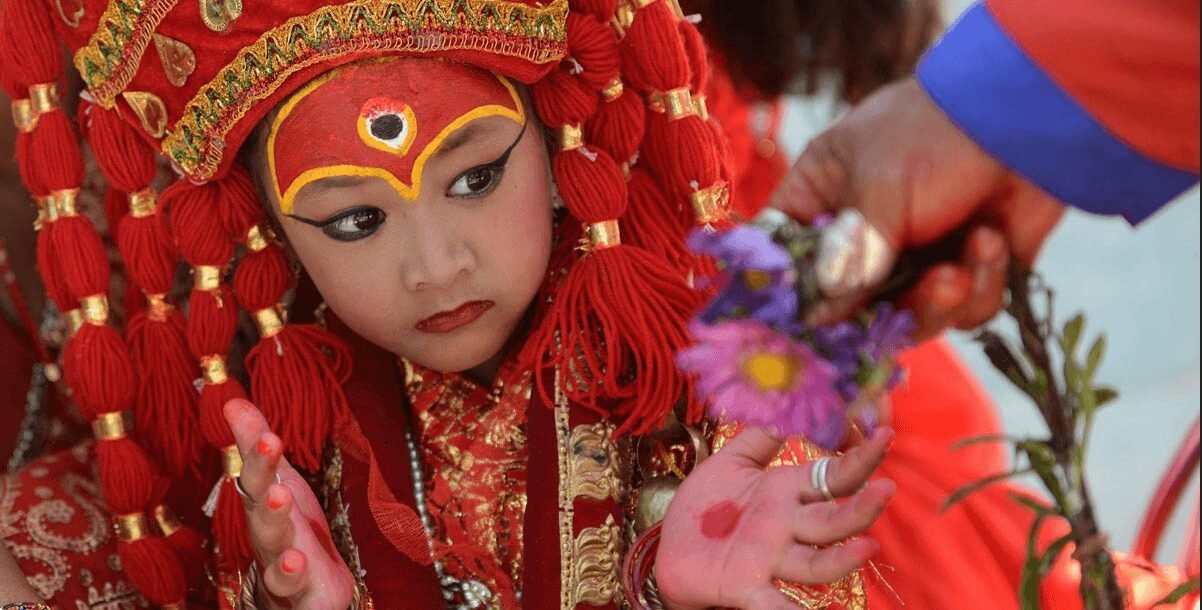
The Origins and Concept Behind the Kumari Tradition
The Kumari tradition is not merely a relic of history; it stands as a vibrant testament to the spiritual richness of Nepal. The origins of this practice are shrouded in legend, with various tales shedding light on how the first Kumari was chosen. One well-known story recounts the reign of King Jayaprakash Malla, the last monarch of the Malla dynasty, who governed the Kathmandu Valley in the 18th century. According to the legend, the king engaged in nightly games of dice with the goddess Taleju, who would appear to him in human form. One fateful night, the king inadvertently offended the goddess, prompting her to leave with a promise never to return in person. Before her departure, she instructed him to seek her in the guise of a young virgin girl from the Newar community, thus giving rise to the Kumari tradition.
Essentially, the Kumari is viewed as the living manifestation of the goddess Taleju (also known as Durga in Hinduism), whose presence in the human realm is believed to bring prosperity and protection to the kingdom. This concept is deeply rooted in the Hindu belief in Shakti, the divine feminine energy that is thought to exist in all living beings, particularly in young girls who are pure and untouched by worldly influences. Additionally, the tradition has Buddhist elements, reflecting Nepal’s significant Buddhist population, with many rituals associated with the Kumari being conducted by priests from both faiths.
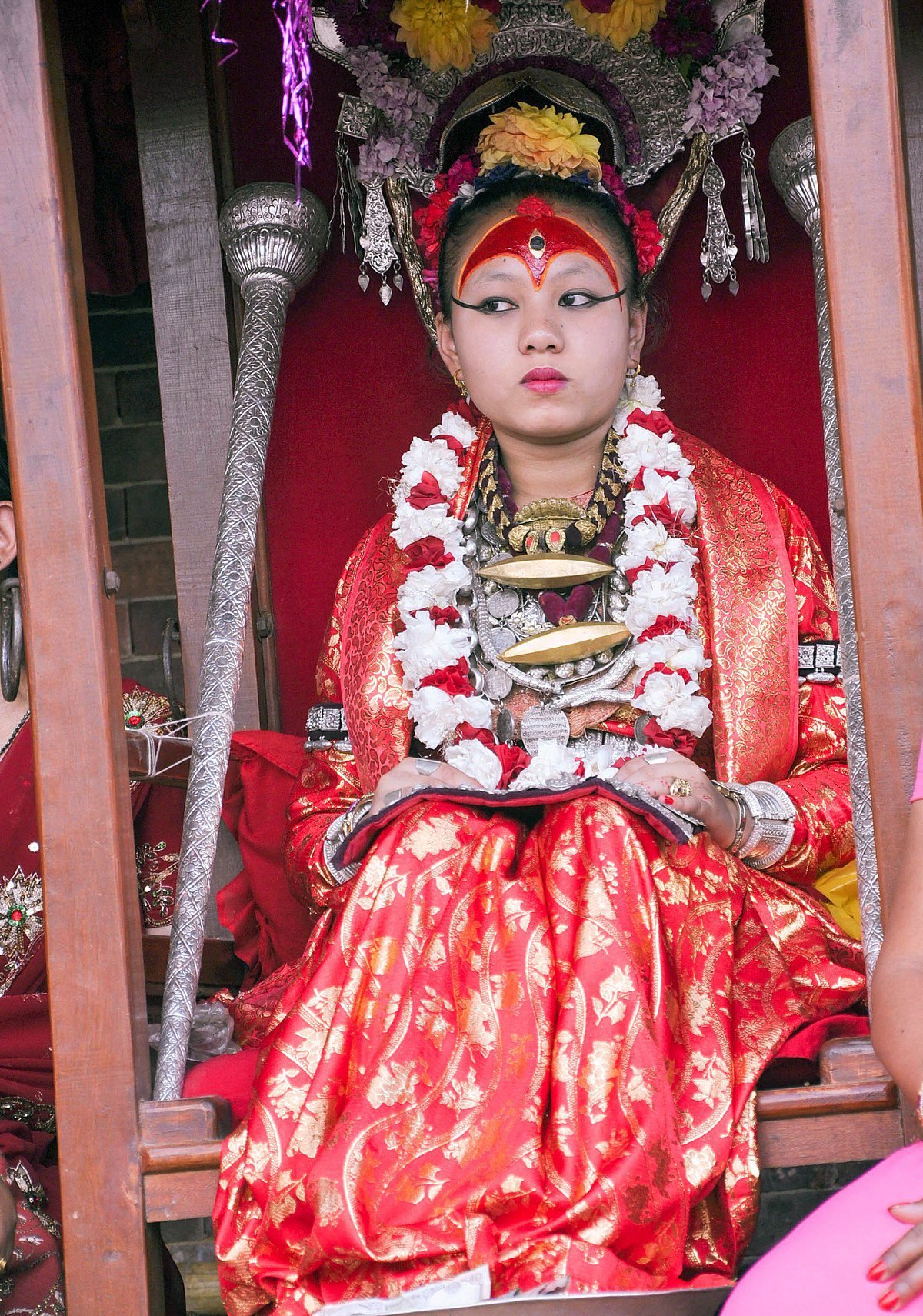
The Kumari is seen as a vital link between the divine and human realms, embodying both the nurturing and warrior qualities of the goddess Durga. She is regarded as a source of blessings, protection, and spiritual insight, with her presence being especially significant during crises or natural disasters, when her divine powers are believed to be most potent.
The Selection Process: What Makes a Girl a Kumari?
- Becoming a Kumari involves a thorough and symbolic selection process.
- Girls aged four to seven from the Shakya or Bajracharya clans of the Newar community are eligible.
- Over 30 specific physical, emotional, and spiritual criteria must be met for selection.
- The girl must be in perfect health with a flawless body, free from scars or blemishes.
- Physical characteristics such as “cow-like” eyelashes, “deer-like” thighs, and a melodious voice are required.
- The girl’s physical traits are believed to reflect the divine essence of the goddess.
- Beyond appearance, the candidate must have a calm demeanor and exceptional courage.
- The selection process includes enduring frightening rituals, such as spending a night in a room filled with sacrificed animal heads.
- The girl who remains composed is seen as possessing the bravery to embody the goddess Taleju.
- Astrology plays a key role; the girl’s horoscope must align with that of the nation’s leader.
- Once chosen, the selected girl undergoes purification rituals before being officially installed as the new Kumari.
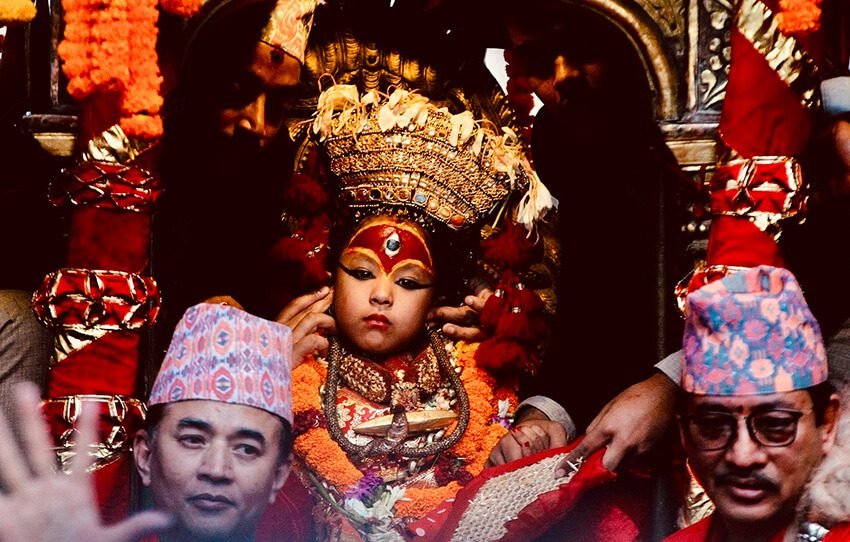
Life as a Living Goddess: The Role of the Kumari
Once a girl is selected to be the Kumari, her life changes dramatically. She moves into the Kumari Ghar, a palace-like residence in Kathmandu’s Durbar Square, where she will live until she reaches puberty. As a living goddess, the Kumari’s life is highly structured, and she is treated with the utmost reverence. She is not allowed to touch the ground, as it is considered too impure for her divine feet. Instead, she is carried in a palanquin during public appearances, her every need catered to by caretakers who ensure her comfort and safety at all times.
While the Kumari is worshipped daily in private ceremonies, she makes only a few public appearances each year, the most important of which take place during major religious festivals like Indra Jatra and Dashain. During these festivals, the Kumari is paraded through the streets of Kathmandu in a lavish chariot, her golden robes and ceremonial makeup marking her out as a divine being. Thousands of devotees flock to see her, believing that her mere presence can bring them good fortune and blessings.
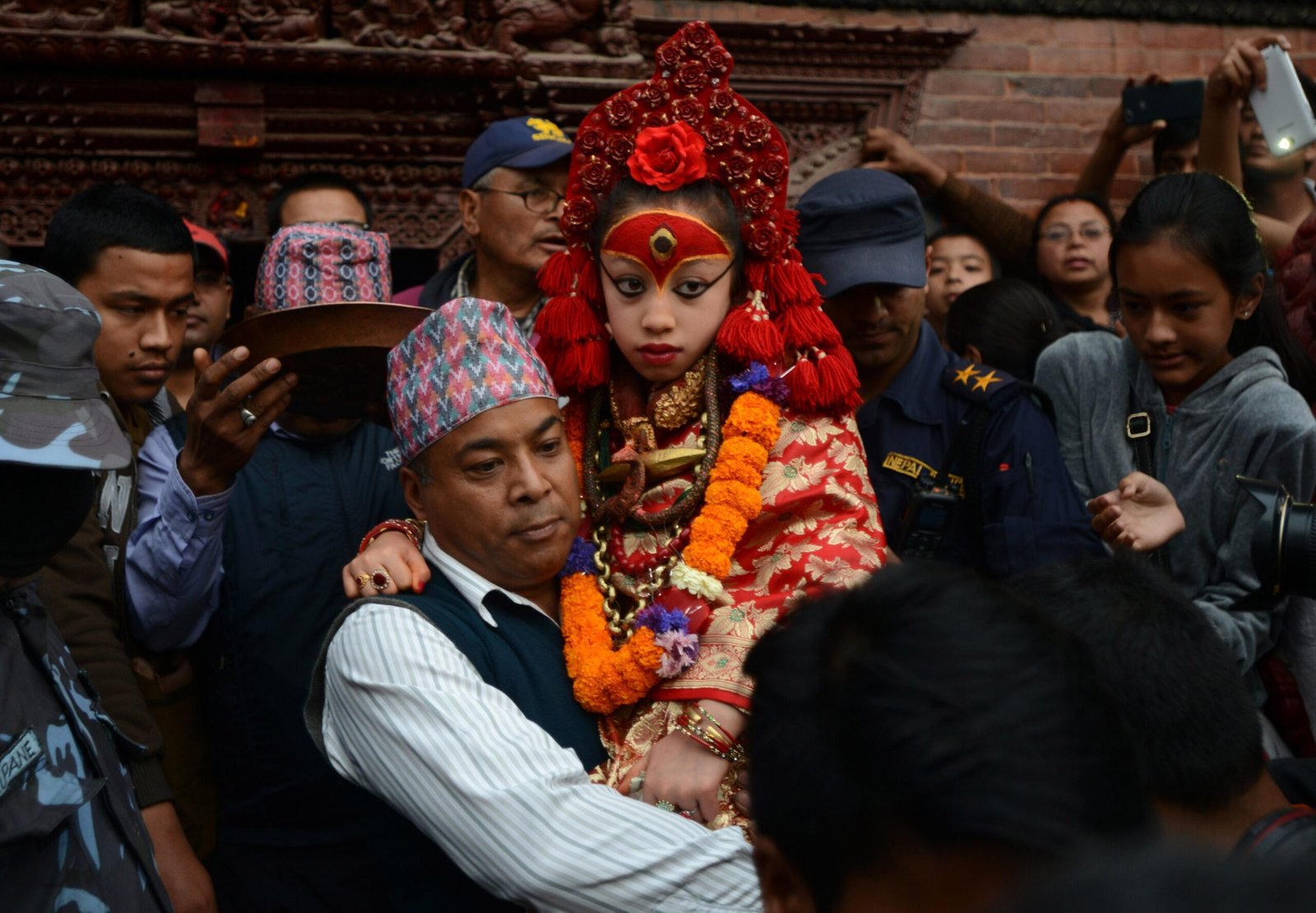
One of the most significant powers attributed to the Kumari is her ability to bestow blessings simply by looking at someone. It is said that her glance can bring prosperity, cure illnesses, and protect people from harm. For this reason, the Kumari’s appearance during festivals is eagerly anticipated, and people from all over Nepal and beyond gather to receive her blessings.
However, being a Kumari is not without challenges. Despite her divine status, the Kumari is still a child, and her life is highly restricted. She is not allowed to play with other children, and her education is conducted privately within the Kumari Ghar. While her physical needs are met, she lives a somewhat isolated existence, surrounded by ritual and reverence but deprived of the simple joys of childhood.
The End of a Divine Reign: What Happens After the Kumari Retires?
The reign of a Kumari, or living goddess, concludes when she reaches puberty, usually signaled by her first menstruation. This moment is seen as the time when her body is no longer considered pure, and it is believed that the goddess Taleju departs from her. In some instances, a Kumari’s reign may also end if she experiences a serious injury that results in bleeding, as blood is thought to weaken her divine powers.
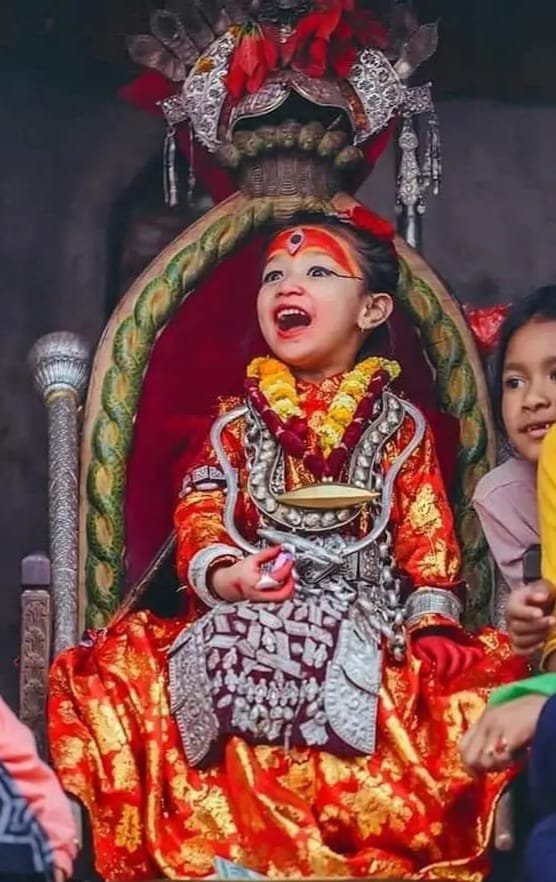
After retiring, the former Kumari returns to her family and attempts to lead a normal life, although this transition can be quite challenging. Having spent years being revered as a goddess, adjusting to a more typical existence can be difficult for both the girl and her family.
Traditionally, there was a belief that a former Kumari would face difficulties in finding a husband, as her divine status rendered her too powerful for any mortal man. However, this notion has diminished over time, and many former Kumaris go on to lead successful lives, often becoming notable public figures.
Festivals and the Kumari’s Role in Nepalese Society
- The Kumari plays an important role during Nepal’s major festivals, particularly Indra Jatra and Dashain.
- Indra Jatra is dedicated to the god Indra and marks the start of the harvest season.
- During Indra Jatra, the Kumari is paraded through Kathmandu in a golden palanquin.
- Devotees believe the Kumari’s blessings during this festival ensure a good harvest and protection from misfortune.
- Dashain, Nepal’s longest and most significant festival, celebrates the goddess Durga’s victory over the buffalo demon Mahishasura.
- The Kumari, as an incarnation of Durga, is central to Dashain celebrations.
- On the ninth day of Dashain, known as Maha Navami, the Kumari is believed to be at the peak of her divine power.
- Devotees seek the Kumari’s blessings for protection and success in the coming year.

Conclusion
The Kumari tradition is a captivating and deeply spiritual practice that continues to engage the people of Nepal and beyond. As a living goddess, the Kumari symbolises the divine feminine, embodying both maternal compassion and warrior strength.
Her presence serves as a reminder of Nepal’s rich cultural heritage, where the boundaries between the human and divine are often blurred, and the spiritual world is woven into everyday life.
Although the tradition has evolved over time, the core essence of the Kumari’s role remains unchanged — to provide blessings, protection, and a sense of continuity for the people of Nepal.
